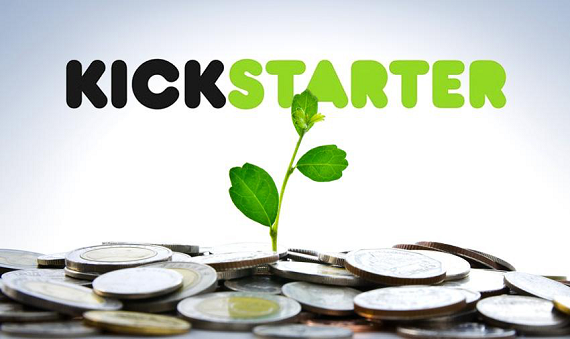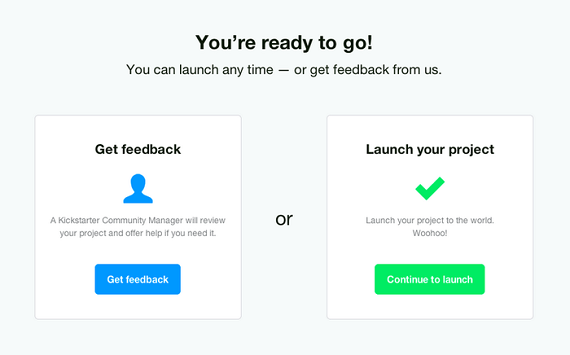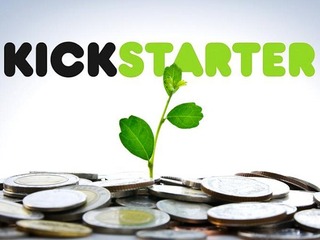
Kickstarter does not seem to have all much to worry about when it comes to rival crowdfunding sites right now. The closest thing it seems to have to a competitor is IndieGoGo, which just raised some money from some very well known people, but whose numbers simply can’t compare to Kickstarter’s. At least not yet.
But hey, why shouldn’t Kickstarter make it even easier, and faster, for its users to start their campaigns?
While in the past each Kickstarter project was reviewed, by a person working at the company, before it could be featured. The company announced on Tuesday that it was relaxing the barriers for entry.
First, Kickstarter introduced Launch Now, will is exactly what it sounds like: it allows those starting campaigns to go ahead and start their projects at their own leisure, without having anyone look at them first.
That does not mean, that every single project will get through, though. There is still a vetting process, expect that it will be done by machine, rather than a person.
{The feature uses an algorithm incorporating thousands of data points to check whether a project is ready to launch — things like the project’s description, rewards, funding goal, and whether the creator has previously launched a project,” Kickstarter explained.
If a project doesn’t qualify for Launch Now, the creator will need to share the project with Kickstarter for a review before it can launch.
Interestingly, Kickstarter is still allowing users to get feedback from one of its Community Managers first if they want to. When starting a project, the user will see these two options:

In addition, Kickstarter also relaxed some of its rules, as well as opened the door for some previously banned products.
“We’re also introducing dramatically simplified rules for Kickstarter projects. After taking a long hard look at every one of our guidelines,” said Kickstarter, which noted that it boiled the rules down to three basic principles:
That projects must create something to share with others; that projects must be honest and clearly presented; and that projects cannot fundraise for charity, offer financial incentives, or involve prohibited items.
In addition, Kickstarter opened the platform to new types projects, including bath and beauty products and more types of software. And the site is also now allowing hardware projects to offer multiple quantities of a reward.
“We’re always looking for ways we can better serve creators, backers, and the public,” the company said. “That’s why we’re so happy to announce both of these changes — and make it a little simpler for more people, and more diverse ideas, to thrive on Kickstarter.”
Kickstarter announced in March that it had reached $1 billion in total pledges. That money came from 5.7 million people.
Even more impressive: half of that total came in just the last year! A total of $480 million was donated by three million people to 19,911 Kickstarter projects in 2013. That included successful projects, unsuccessful projects and live projects.
Relaxing the rules for entry will probably lead to those numbers growing even higher, but fewer barrier to entry could also come with some unforeseen consequences.
For example, if it leads to more people using the site, there also a possibility that it could result in too many projects being started, which could cause a glut and reduce the amount of funding each project gets.
There is also the possibility that the campaigns will start to become lower quality. And it could also lower the success rate of the site in the long run.
(Image source: bgr.com)


















